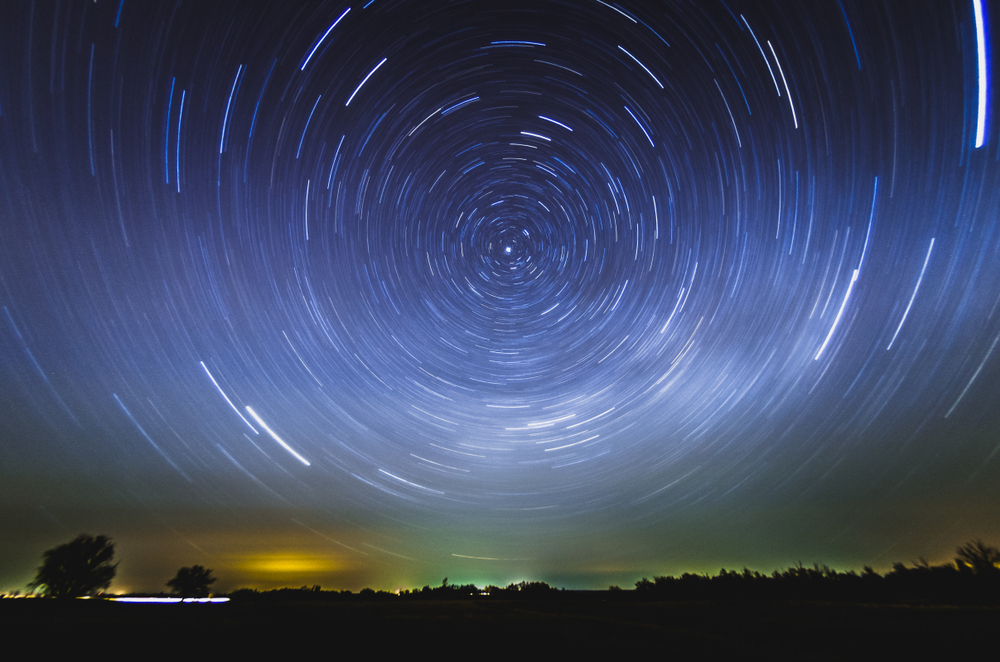Planet Earth is a remarkable place filled with stunning beauty and mind-bending complexity. Though we live on it every day, many of its characteristics still remain astonishing or even baffling. From invisible shields to planetary-scale vibrations, some aspects of Earth seem pulled straight from science fiction. Here are ten insane but scientifically accurate facts about our planet that might just make you question reality.
1. Earth Rings Like a Bell After Massive Earthquakes

One of the most surreal facts about Earth is that it literally rings like a bell after powerful earthquakes. This phenomenon was first observed during the 1960 Valdivia earthquake in Chile, which remains the most powerful earthquake ever recorded. Scientists discovered that the seismic energy caused vibrations throughout the entire planet, making Earth oscillate in its natural frequencies. These free oscillations can last for days and are similar to how a bell reverberates after being struck. While we cannot hear them with our ears, ultra-sensitive instruments called seismometers can detect these global vibrations. In a way, Earth hums its own somber tune in the aftermath of geological chaos.
2. Earth Is Not a Perfect Sphere
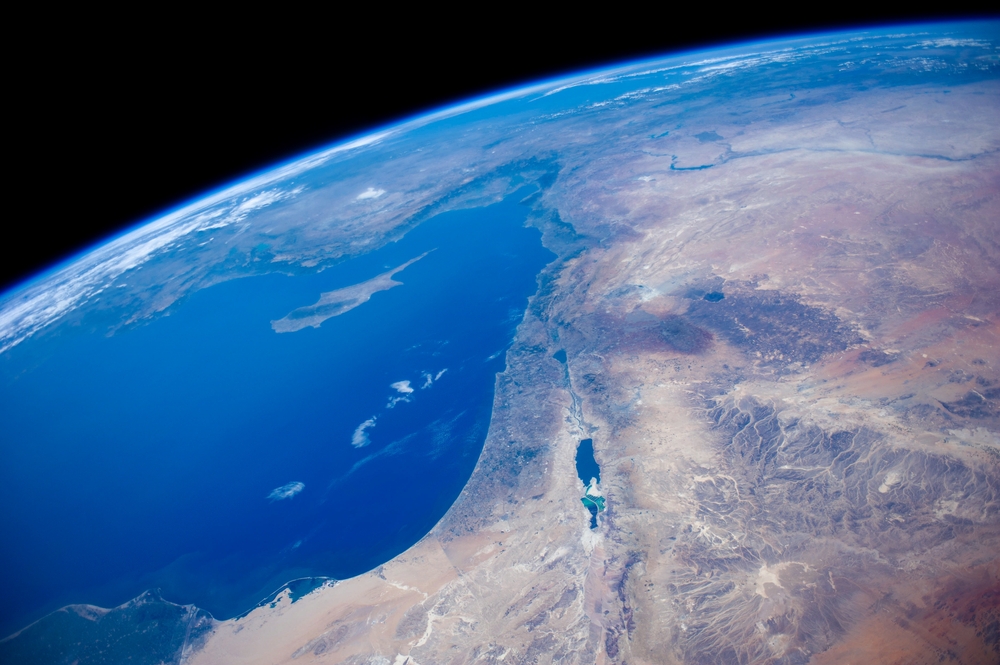
Despite what many imagine, Earth is not a perfect sphere. Due to its rotation, Earth bulges slightly at the equator and flattens at the poles. This shape is known as an oblate spheroid. The equatorial diameter is about 43 kilometers larger than the polar diameter. This difference may seem minor compared to Earth’s total size, but it means you would weigh slightly less at the equator than at the poles due to the combination of centrifugal force and the equatorial bulge. This distortion also affects satellite trajectories and global positioning systems, which must account for Earth’s actual shape to maintain accuracy.
3. Earth’s Magnetic Field Is a Shield That Could Flip

Earth’s magnetic field is a giant protective bubble generated by the movement of molten iron in the outer core. It shields the planet from solar and cosmic radiation, making life possible. What is especially strange is that this magnetic field is not fixed. It slowly drifts, weakens in certain spots, and has even flipped its polarity in the past. Magnetic reversals, where the north and south magnetic poles switch places, have occurred hundreds of times in Earth’s history, with the last major flip occurring about 780,000 years ago. These flips happen gradually over thousands of years, but during the process, the field weakens, potentially exposing Earth to higher levels of radiation.
Read More: 32 Sci-Fi Worthy Alien Planets That Actually Exist
4. The Atmosphere Is Thinner Than You Think
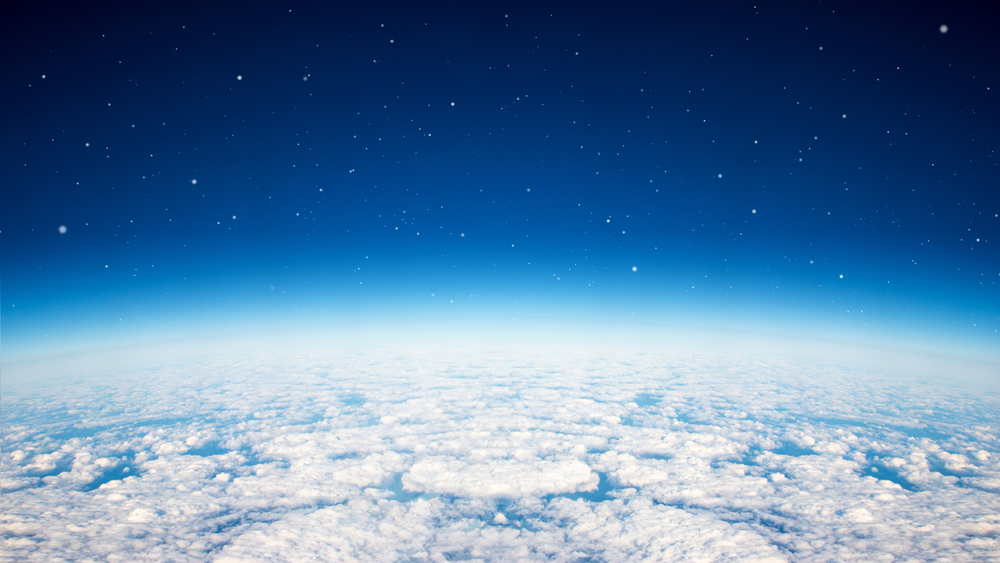
Earth’s atmosphere might seem vast and infinite when you look up at the sky, but in reality, it is incredibly thin compared to the size of the planet. If Earth were the size of a basketball, the atmosphere would be thinner than a sheet of paper wrapped around it. Most of the atmosphere’s mass is concentrated within just the first 10 kilometers above sea level. The layer that supports weather, breathable air, and life itself is fragile and easily disturbed. This fact highlights how delicate Earth’s habitable conditions truly are.
5. There Is a Gigantic Underground Ocean
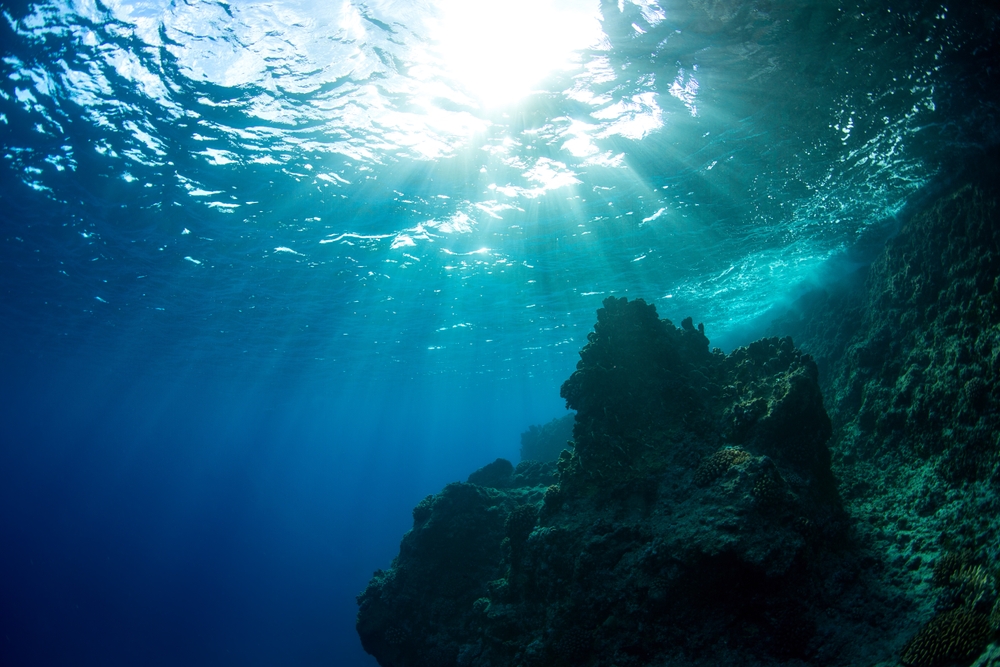
Beneath the Earth’s crust, far below the surface, lies a reservoir of water three times larger than all of the oceans on the surface combined. This water is not liquid in the conventional sense. It is trapped in a mineral called ringwoodite located about 700 kilometers deep in the mantle. Scientists discovered this massive underground water source by analyzing seismic waves from earthquakes, which behaved differently when passing through wet versus dry rock. This hidden water reservoir could help explain the origins of Earth’s oceans and plays a critical role in plate tectonics and volcanic activity.
6. Earth Has a Second Moon, Sort Of
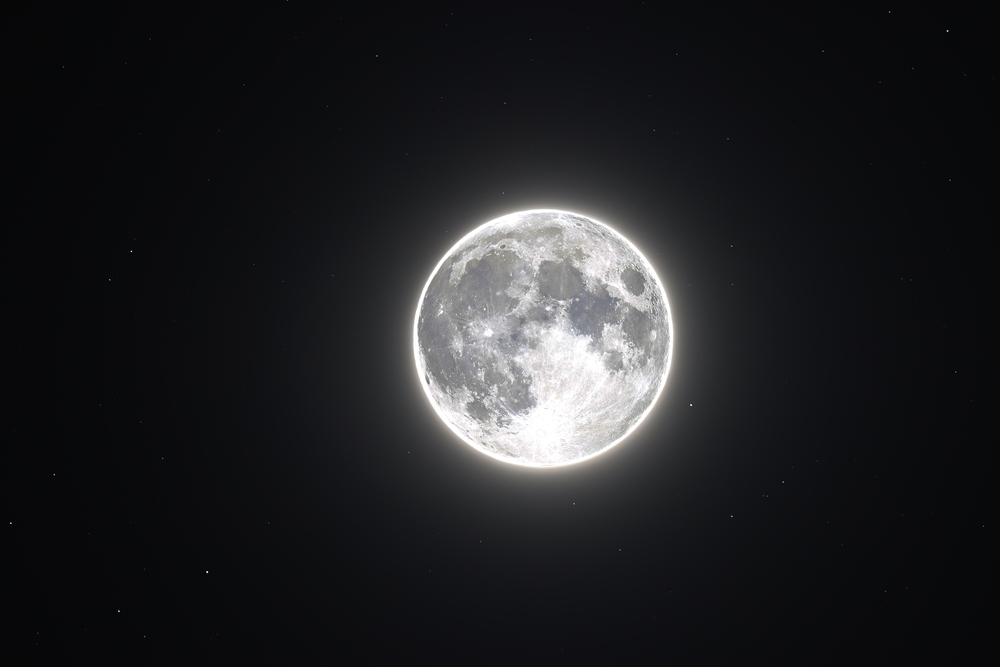
While Earth’s only official moon is the one we all see in the night sky, it actually has some extra companions. One such object is called 3753 Cruithne, an asteroid that shares Earth’s orbit around the Sun. Although it does not orbit Earth directly, it follows a synchronized path known as a co-orbital configuration. This gives the illusion of a secondary moon, although its motion is far more complex and it poses no threat of collision. Scientists have identified several other quasi-satellites and Trojan asteroids associated with Earth, showing that our neighborhood in space is more crowded than it appears.
7. Earth’s Core Is as Hot as the Sun’s Surface
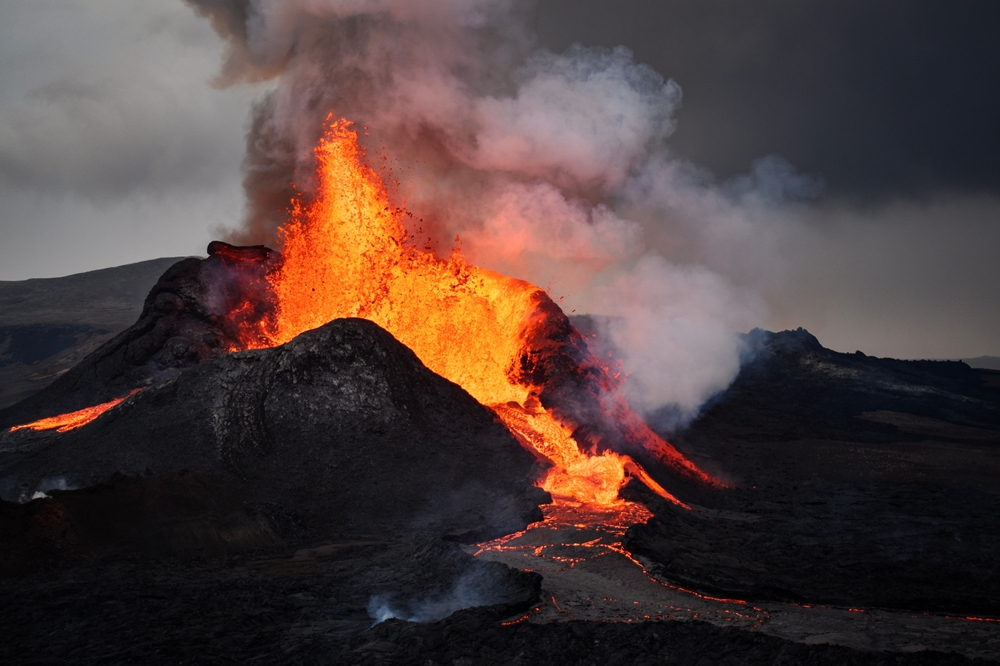
You might not expect it, but the Earth’s inner core is nearly as hot as the surface of the Sun. Temperatures in the core reach up to 6000 degrees Celsius, roughly equal to the temperature of the Sun’s photosphere. This intense heat is generated by residual energy from Earth’s formation, radioactive decay, and pressure from the overlying layers. Despite the extreme heat, the inner core remains solid due to the immense pressure exerted by the surrounding material. This searing core is responsible for generating the magnetic field and driving the dynamics of plate tectonics.
8. Earth’s Crust Is Insanely Thin
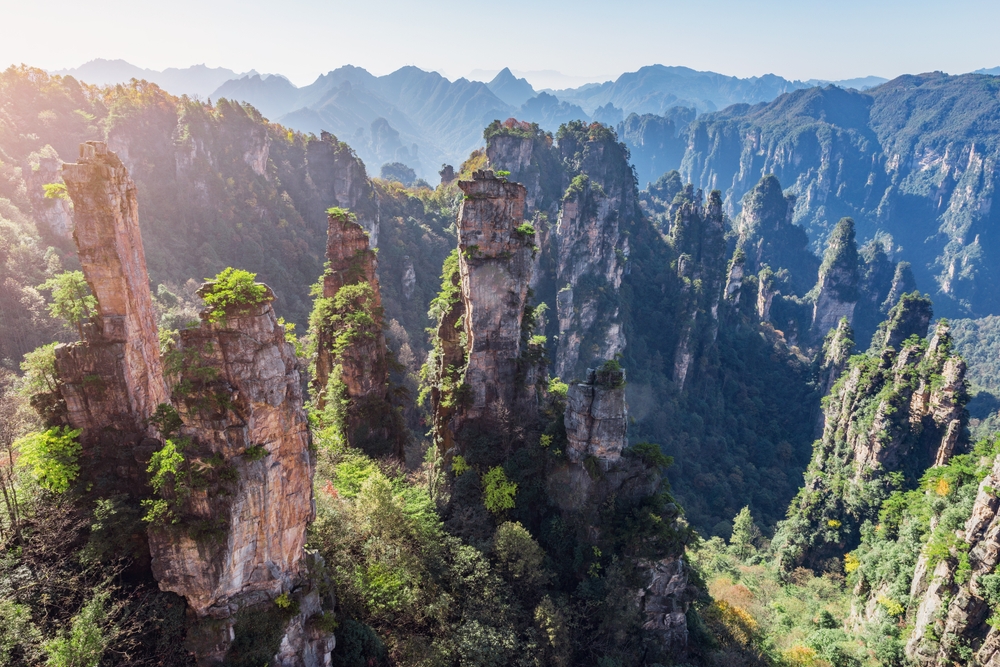
When compared to the size of the Earth, the crust is incredibly thin. The average thickness of the continental crust is only about 30 to 50 kilometers, while the oceanic crust is even thinner at around 5 to 10 kilometers. That’s like the peel of an apple in proportion to the whole fruit. Despite its thinness, the crust is home to every mountain, ocean, continent, and civilization. It floats atop the semi-fluid mantle layer and is broken into tectonic plates that move and collide, creating earthquakes, volcanoes, and mountain ranges.
9. Earth Spins at Over 1,600 Kilometers Per Hour
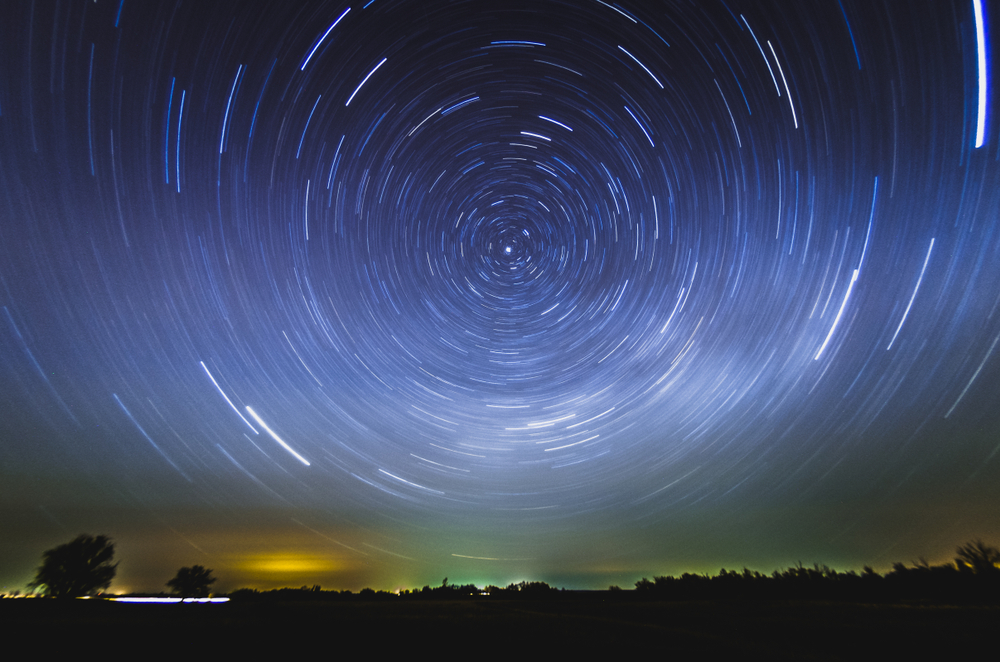
At the equator, the Earth spins at a mind-blowing speed of about 1,670 kilometers per hour. Yet we do not feel this motion because the atmosphere rotates with us and the speed is constant. This rapid rotation causes the equatorial bulge and influences weather patterns through the Coriolis effect. It also shortens our days slightly over time, although the Moon’s gravitational pull is gradually slowing Earth’s rotation by about 1.7 milliseconds per century. Millions of years from now, our days will be noticeably longer.
Read More: Mars, the Moon, and a Bright Star Will Dazzle the Night Sky Together
10. The Earth Is Covered in Microbial Life You Cannot See
While we often think of plants, animals, and humans as Earth’s dominant life forms, the truth is that microbes rule the planet. Microorganisms such as bacteria and archaea exist everywhere, from the deepest ocean trenches to the upper layers of the atmosphere. They live in boiling hot springs, frozen glaciers, and even radioactive waste. Recent discoveries have shown that a massive portion of Earth’s biomass exists beneath the surface, in the form of microbial life thriving kilometers below the crust. These invisible life forms not only outnumber all other organisms but also play a key role in cycling nutrients, producing oxygen, and regulating the climate.
Final Thoughts

Earth is not just a rock orbiting the Sun. It is a complex, dynamic system with bizarre and often counterintuitive features. From ringing like a bell during seismic activity to hiding oceans beneath its crust and spinning faster than a jet plane at the equator, the planet is full of secrets that challenge our everyday understanding. As science continues to uncover more of these hidden truths, it becomes increasingly clear that Earth is stranger and more incredible than we ever imagined. So the next time you step outside and look at the ground beneath your feet or the sky above your head, remember, this world is far more astonishing than it seems.
Disclaimer: This article was created with AI assistance and edited by a human for accuracy and clarity.
